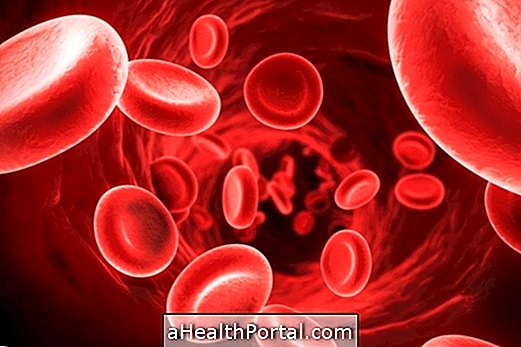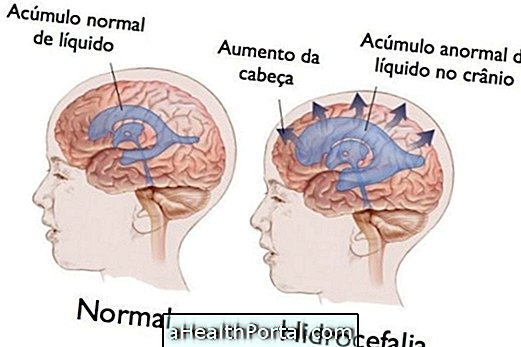Sideroblastic anemia is characterized by a disease in which there is an inappropriate use of iron for the synthesis of hemoglobin, even though there are sufficient amounts of iron to produce it. As a result, this metal accumulates in the mitochondria of erythroblasts, giving rise to ring sideroblasts.
This disorder may be related to hereditary factors, factors acquired or due to myelodysplasias, leading to the occurrence of symptoms characteristic of anemia, such as tiredness, pallor, dizziness and weakness.
Treatment depends on the severity of the disease, and folic acid and vitamin B6 are generally given, and in more severe cases, a bone marrow transplant may be necessary. Understand how a bone marrow test is done.

Possible causes
Generally, the causes that are the origin of the sideroblastic anemia are hereditary, in which the baby is already born with the disease, due to mutations in a gene. In addition, the disease can also be acquired due to several factors, such as chronic alcoholism, rheumatoid arthritis, lead poisoning or zinc, toxicity caused by some medications, hemolytic anemia, vitamin B6 nutritional deficiencies and autoimmune diseases.
Sideroblastic anemia may also manifest secondary to other diseases of the bone marrow, such as myelodysplasia, myeloma, polycythemia vera, myelosclerosis, and leukemia.
Most hereditary sideroblastic anemias manifest in childhood, however, there may be milder cases of hereditary sideroblastic anemia whose symptoms only begin to be noticeable in adulthood.
What are the signs and symptoms
The most common symptoms that usually manifest in people suffering from sideroblastic anemia are fatigue, decreased ability to perform physical activities, dizziness, weakness, tachycardia and pallor.
In sideroblastic anemia, hemoglobin levels generally range from 4 to 10 g / dL.
How is the diagnosis made?
The diagnosis consists of a physical examination, evaluation of the clinical history of the person and accomplishment of a hemogram, in which it is possible to observe erythrocytes with different forms and some of them may appear dotted. Iron levels in the blood may also be elevated.
Sideroblastic anemia is diagnosed when, in a bone marrow examination, five or more ring-shaped iron granules are observed in the sideroblasts around the mitochondria.
What is the treatment
Reducing alcohol consumption, improving nutrition, and supplementing with Vitamin B6 and folic acid may be enough to reverse this picture.
In more severe cases, it may be necessary to perform a bone marrow transplant.
























